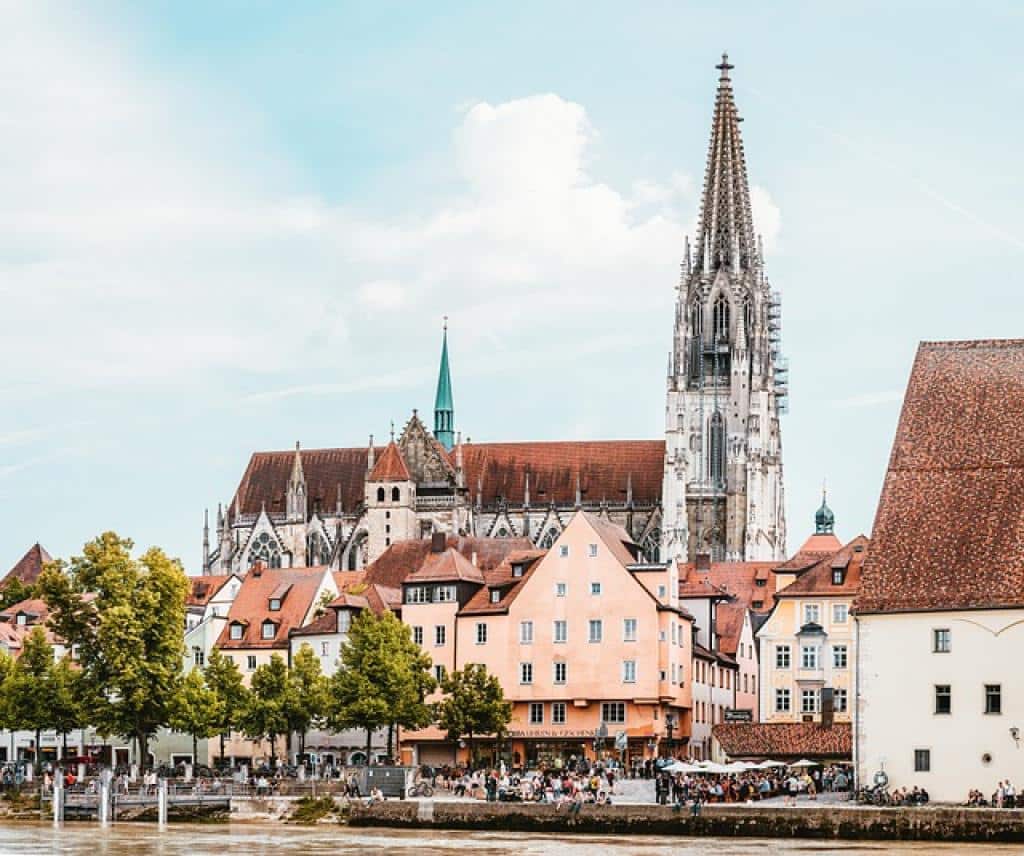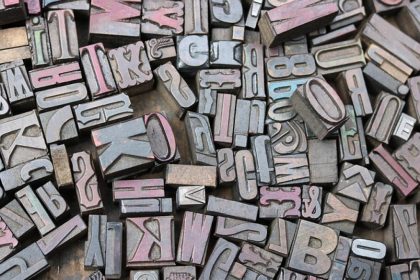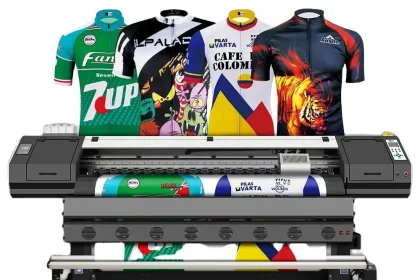Ever found the perfect image, only to realize it’s too blurry or pixelated for your needs? It’s a pretty common problem, but don’t worry, there’s hope! Turning a low-resolution image into a high-resolution marvel is more achievable than you might think.
With the right tools and techniques, you can transform almost any image, boosting its clarity and detail. This guide will walk you through the process, step-by-step.
No more struggling with fuzzy photos or settling for less-than-stellar quality. Whether you’re sprucing up personal photos or preparing professional presentations, by the end of this guide, you’ll be well-equipped to enhance your images like a pro. Ready to dive in? Let’s get started!
Understanding Low Resolution Images
So, what’s the deal with low-resolution images? In simple terms, an image’s resolution is all about the amount of detail it holds. A low-resolution image has fewer pixels, which means less detail. This is why it often looks blurry or pixelated when enlarged.
Pixel Density and Image Quality
Think of pixels as tiny building blocks. The fewer the pixels, the larger they need to be to fill the same space, resulting in a blocky appearance. Higher pixel density means more detail and sharper images.
Why does this happen? It often boils down to the original source of the image. Maybe the photo was taken with an old camera or downloaded from a website that compressed it too much. Whatever the reason, the result is a less-than-ideal image.
Why Resolution Matters
Resolution is crucial for various purposes, from printing to web design. A high-resolution image ensures that your content looks clean and professional. It’s especially important for large formats like posters or banners, where any imperfections can be glaringly obvious.
Understanding these basics sets the stage for improving your images. Let’s dive deeper into how you can enhance them in the next sections!
Tools and Software for Converting Images
Alright, now that we know why resolution is important, let’s talk about how to improve those low-resolution images with some handy tools and software.
First up, Adobe Photoshop. It might be the most famous image editing tool out there, and for a good reason. Photoshop offers a ton of features that can help you enhance the resolution of your images. The “Preserve Details 2.0” option under the “Image Size” menu is particularly helpful.
Another great option is GIMP (GNU Image Manipulation Program). Think of it as the free alternative to Photoshop. It’s open-source and has a range of features to help tweak your images. You can adjust the resolution by using the “Scale Image” function and play around with different algorithms like “Cubic” or “Sinc” for better results.
If you’re looking for something straightforward, try online tools like Let’s Enhance or Waifu2x. These platforms use AI technology to upscale images without losing much quality. Just upload your image, choose the settings, and voilà, you have a higher-resolution version!
For those working on multiple images, batch processing tools like IrfanView can be a lifesaver. This software allows you to convert and resize a whole folder of images in one go, saving you loads of time.
Each of these tools has its own strengths, so the best one for you will depend on your specific needs. Ready to give them a try?
Step-by-Step Process for Upscaling Images
So you’ve got your tool of choice, and now you’re ready to upscale your images. Let’s break it down into simple steps.
First, open your chosen software. If you’re using Photoshop, load your image by clicking on “File” and then “Open.”
Next, locate the upscaling option. In Photoshop, go to “Image” and select “Image Size.” A window will pop up with different options for resizing.
Choosing the Right Settings
Set your desired dimensions. Remember to keep the “Resample” box checked and choose “Preserve Details 2.0” from the drop-down menu. Adjust the “Reduce Noise” slider to your preference. This helps in keeping the image sharp while reducing any unwanted graininess.
If you’re using an online tool like Let’s Enhance, upload your image and choose the scale factor—usually 2x, 4x, or higher. The tool will do the hard work for you, using AI to fill in the details.
For GIMP users, open your image and go to “Image” and then “Scale Image.” Enter your new dimensions and choose the algorithm that best suits your needs. “Cubic” and “Sinc” are good options for preserving detail.
Final Touches
After you’ve resized your image, it might still need a bit of tweaking. Use the sharpening tools available in your software to enhance the details further. In Photoshop, this would be under “Filter” and then “Sharpen.”
Save your enhanced image. Always choose a format that supports high resolution like PNG or TIFF, especially if you plan to print or make further edits.
And there you go! With a few simple steps, you can turn those blurry, low-res photos into crisp, high-quality images. Give it a shot and see the difference!

Enhancing Image Quality in Photoshop
Once you’ve upscaled your image, it’s time to make it look even better. Photoshop offers a bunch of tools to help you enhance image quality effortlessly.
First, let’s adjust the brightness and contrast. Head to “Image” in the menu bar, then “Adjustments,” and select “Brightness/Contrast.” Play around with the sliders until you get the look you want. Increasing contrast can make details pop!
Sharpening Your Image
Next, focus on sharpening. Go to “Filter,” hover over “Sharpen,” and then select “Unsharp Mask.” A panel will appear with sliders for “Amount,” “Radius,” and “Threshold.” Start with subtle adjustments; you don’t want to overdo it.
Now, let’s enhance specific areas of your photo. Use the “Dodge” and “Burn” tools from the toolbox. Dodging lightens parts of the image, while burning darkens them. This is great for bringing out highlights and shadows.
Reducing Noise
If your image looks a bit grainy, reducing noise can help. Navigate to “Filter,” then “Noise,” and choose “Reduce Noise.” Adjust the sliders for strength and preserve details to find a balance that maintains clarity while smoothing out unwanted texture.
Finally, consider adjusting the colors. Return to “Image” -> “Adjustments” and pick “Hue/Saturation.” You can boost or tone down specific colors to make your image truly stand out.
Don’t forget to save your enhanced image in a high-quality format like PNG or TIFF. And there you have it—your image should now be sharper, clearer, and more vibrant than ever!
Best Practices for High Resolution Conversion
When converting images to high resolution, it’s crucial to follow some best practices to ensure top-notch quality. Here are a few tips to keep in mind:
Start with the Best Quality Source
Always begin with the highest quality source image you have. The better the original, the higher quality your final result will be after conversion. Avoid working with images that are already low resolution or heavily compressed.
Choose the Right Resampling Method
In Photoshop, when enlarging an image, select “Preserve Details 2.0” under the “Image Size” dialog. This method is particularly effective for upscaling and maintaining sharpness. Pay attention to the “Reduce Noise” slider, allowing you to fine-tune your image.
Mind the Aspect Ratio
Ensure you maintain the aspect ratio of your image when resizing. This prevents distortion. In Photoshop, you can lock the aspect ratio by clicking the chain link icon between the width and height fields in the “Image Size” window.
Avoid Over-Editing
While it might be tempting to use every tool available to perfect your image, less is often more. Make subtle adjustments and remember that too much sharpening or noise reduction can make your image look unnatural.
Save in the Right Format
For the best quality, save your high-resolution images in lossless formats like PNG or TIFF. These formats preserve details better than formats like JPEG, which can introduce compression artifacts.
Monitor Calibration
Finally, ensure your monitor is properly calibrated. Accurate colors and brightness levels on your screen help you make precise edits, leading to better high-resolution results.
By following these best practices, you can achieve clear, sharp, and high-quality images that stand out in any context.
The Bottom Line: Ensuring Quality in Image Conversion
In summary, converting images to high resolution is more than just a technical process—it’s an art form that requires attention to detail. Starting with the best quality source image sets the foundation for successful conversion. Using the right resampling methods and preserving the aspect ratio ensures that the final product remains sharp and undistorted.
Additionally, it’s essential to avoid over-editing your images. Subtle adjustments can make a world of difference without sacrificing the natural look of your image. Always remember to save in formats that preserve the integrity of your edits, such as PNG or TIFF.
Besides this, don’t underestimate the importance of a calibrated monitor. Accurate color representation on your screen ensures that your edits translate well across different devices and print mediums.
By adhering to these best practices, you can elevate the quality of your images, making them more visually appealing and professional. High-resolution images are crucial for various uses, from printing to digital displays, and mastering this skill can set you apart.
In the end, quality image conversion boils down to good habits and thoughtful techniques. Keep refining your skills and stay updated with the latest tools and methods. Your audience will notice and appreciate the extra effort put into high-resolution, stunning images.









